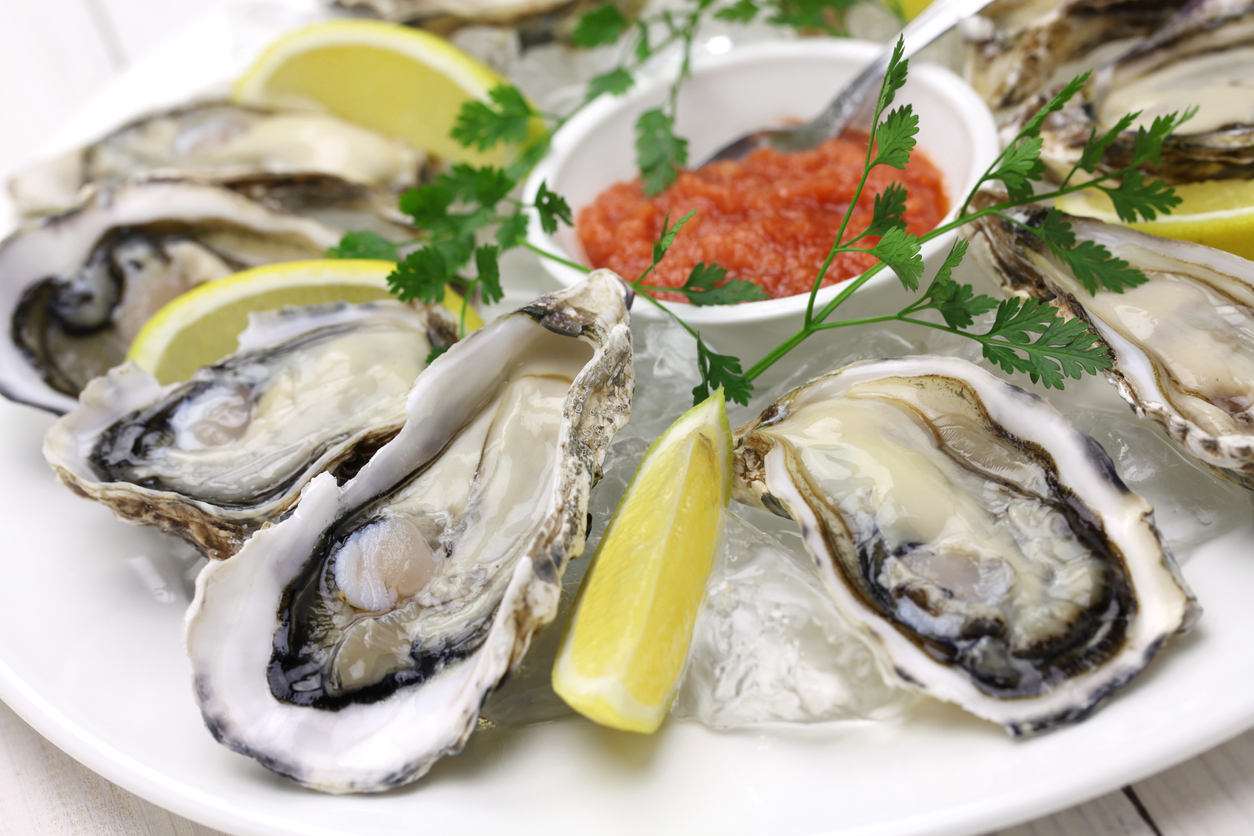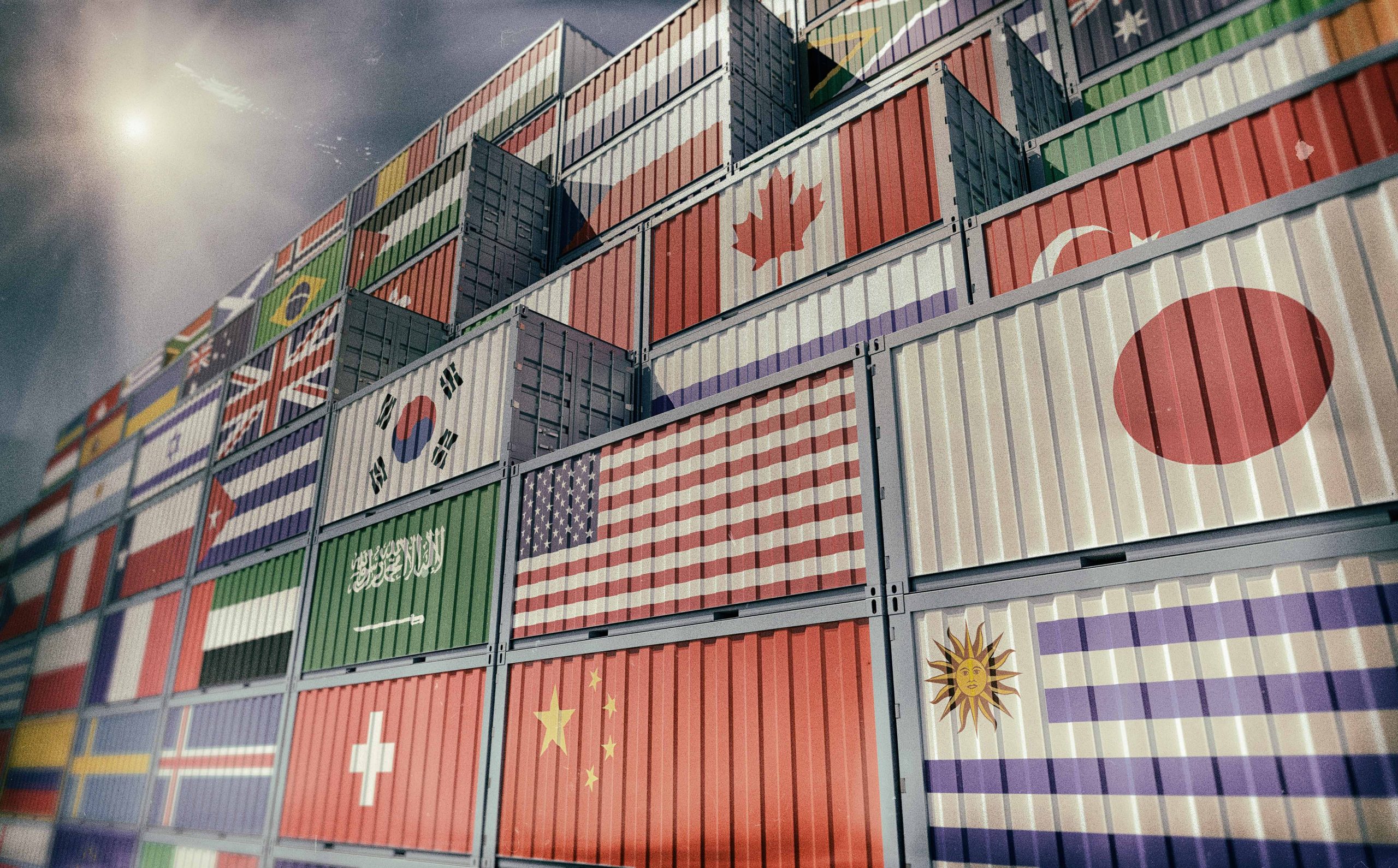From Ocean to Plate: How Oyster Market Prices Reflect Supply and Demand
From Ocean to Plate: How Oyster Market Prices Reflect Supply and Demand
Calling all seafood lovers! Have you ever wondered how the price of your favorite delicacy, oysters, fluctuates so drastically? Well, get ready to dive into the fascinating world of supply and demand as we explore the intriguing relationship between oceanic treasures and their impact on market prices. From salty waters to delectable plates, join us on a journey exploring how oyster market prices reflect the delicate balance between nature’s bounty and our insatiable cravings. So grab an apron and prepare to feast your eyes on this captivating analysis that will leave you shell-shocked!
Introduction to Oyster Market Prices
Introduction to Oyster Market Prices
Oysters are a delicacy that have been enjoyed by people all over the world for centuries. They are not only delicious, but also packed with nutrients and considered a sustainable seafood option. However, have you ever wondered why oysters vary in price depending on where you buy them or what time of year it is? The answer lies in the complex world of oyster market prices.
In this section, we will delve into the factors that influence oyster market prices and how they reflect supply and demand. Understanding these dynamics can provide insight into why certain varieties of oysters command higher prices and how fluctuations in the market can affect both consumers and producers.
Factors Affecting Oyster Market Prices
1. Location: One of the main factors affecting oyster market prices is location. This includes not only where the oysters were harvested, but also where they are being sold. Oysters from different regions or countries may have varying levels of demand and production costs, which can impact their final price.
2. Availability: The availability of oysters also plays a crucial role in determining their market price. If there is an abundance of oysters available, then their prices tend to be lower due to increased competition among sellers. On the other hand, if there is a scarcity of oysters due to weather conditions or overharvesting, then their prices will likely increase.
Understanding Supply and Demand in the Oyster Market
The oyster market is a complex and dynamic system, with prices constantly fluctuating based on the principles of supply and demand. Understanding this relationship between supply and demand is crucial for consumers, sellers, and producers alike. In this section, we will delve deeper into the concept of supply and demand in the oyster market to gain a better understanding of how it affects prices.
Supply refers to the quantity of a good or service that is available for purchase at any given time. In the case of oysters, supply is determined by various factors such as weather conditions, harvesting practices, and even government regulations. Oysters are highly seasonal creatures, with different species being available at different times of the year. For example, Eastern oysters are typically harvested from September to April while Pacific oysters are available year-round. This means that during certain months there may be an abundance of one type of oyster but scarcity of another.
Weather conditions can also greatly impact the supply of oysters. Strong storms or hurricanes can damage oyster beds and disrupt harvesting operations, leading to a decrease in supply. Similarly, pollution or disease outbreaks can affect the health of oyster populations and limit their availability.
In addition to natural factors, human decisions also play a significant role in determining the supply of oysters in the market. Oyster farmers carefully manage their crops by controlling factors such as water quality and temperature to ensure optimal growth rates.
Factors That Affect Oyster Supply and Demand
Introduction:
Oysters are a popular delicacy around the world and their demand has been steadily increasing in recent years. However, the supply of oysters is not always able to keep up with this demand, leading to fluctuations in market prices. In order to better understand these price changes, it is important to examine the various factors that affect both the supply and demand of oysters.
Factors Affecting Supply:
1. Environmental Conditions:
The availability of suitable habitats and water quality greatly affects the supply of oysters. Oysters require a specific range of temperature, salinity, and oxygen levels in order to survive and reproduce effectively. Changes in these environmental conditions due to natural disasters such as hurricanes or pollution can significantly impact the availability of oysters.
2. Natural Predators:
Oyster beds are constantly under threat from natural predators such as crabs, starfish, and other marine animals. These predators feed on young oysters or damage adult ones, reducing their numbers and limiting the overall supply.
3. Harvesting Practices:
Overharvesting can deplete oyster populations in a particular area, making it difficult for suppliers to meet consumer demands. Additionally, improper harvesting techniques such as dredging can harm the delicate ecosystem where oysters thrive, further impacting their supply.
4. Disease Outbreaks:
Like any other living organism, oysters are susceptible to diseases that can spread quickly through dense populations in aquaculture farms or wild beds.
Seasonal Variations in Oyster Market Prices
Seasonal variations in oyster market prices are a common phenomenon that is closely tied to the supply and demand of these popular seafood delicacies. Understanding these fluctuations can help consumers make informed decisions about when to purchase oysters and how much they should expect to pay.
The supply of oysters is heavily influenced by the natural life cycle of these bivalves. Oysters are typically harvested between September and April, with peak season occurring during the winter months. This is because colder water temperatures stimulate oyster growth and reproduction, resulting in larger and more abundant harvests. As a result, oysters are most readily available during this time, leading to lower prices due to increased supply.
On the other hand, summer months often see a decrease in oyster availability as warmer water temperatures cause the mollusks to spawn and become less desirable for consumption. This can lead to higher market prices as there are fewer oysters available for sale.
In addition to seasonal factors, weather patterns also play a significant role in determining oyster market prices. Storms or hurricanes can disrupt harvesting operations and damage oyster beds, resulting in reduced supply and higher prices. On the other hand, favorable weather conditions such as mild winters or calm seas can lead to increased productivity for oyster farmers, resulting in more product available at lower prices.
The Role of Aquaculture in Oyster Production and Pricing
The Role of Aquaculture in Oyster Production and Pricing
Aquaculture, also known as fish farming, plays a crucial role in the production and pricing of oysters. In recent years, the demand for oysters has been on the rise due to their delicious taste and numerous health benefits. As a result, traditional wild oyster harvesting has become unsustainable, leading to an increased reliance on aquaculture.
Oyster aquaculture involves growing oysters in controlled environments such as tanks or cages placed in natural water bodies like bays or estuaries. This method allows for more efficient production of oysters compared to wild harvesting, which is heavily dependent on weather conditions and natural factors.
One of the main advantages of aquaculture is that it can provide a consistent supply of high-quality oysters throughout the year. This stability in supply helps to regulate market prices as there are fewer fluctuations due to seasonal changes or other external factors. Additionally, by controlling the growth conditions such as water temperature and food availability, farmers can produce larger and more uniform sized oysters, which are highly sought after by consumers.
Moreover, aquaculture enables farmers to produce oysters at a lower cost compared to wild harvesting. With traditional methods, fishermen have to spend time and resources searching for suitable areas with high concentrations of oyster beds.
How Different Types of Oysters Impact Market Prices
Oysters are a highly sought-after delicacy in the culinary world, prized for their unique taste and texture. However, not all oysters are created equal in terms of market value. Different types of oysters can have a significant impact on market prices due to various factors such as origin, farming methods, and availability.
Let’s take a closer look at how different types of oysters can influence market prices:
1. Origin
The location where an oyster is harvested plays a crucial role in determining its market price. Oysters that come from popular and prestigious regions such as the Pacific Northwest or France’s Brittany coast are considered more valuable due to their reputation for producing high-quality oysters.
These regions also have ideal environmental conditions for oyster farming, resulting in better-tasting and healthier oysters. As a result, these premium oysters command higher prices on the market.
2. Farming Methods
The way an oyster is farmed also affects its market price. Traditionally, most oysters were wild-caught from natural beds in the ocean. However, with advancements in aquaculture technology, many farmers now cultivate oysters through sustainable farming practices.
Farmed oysters tend to be larger and meatier than wild-caught ones, making them more desirable and thus commanding higher prices. Additionally, some farms specialize in specific techniques such as bottom planting or suspended culture which can impact the taste and quality of the harvested oyster.
Tips for Consumers: Finding the Best Deals on Oysters
Oysters are a delicacy that many people enjoy, but their market prices can fluctuate greatly depending on supply and demand. As a consumer, it’s important to know how to find the best deals on oysters so you can indulge in this delicious treat without breaking the bank. Here are some tips to help you navigate the oyster market and get the most bang for your buck.
1. Know Your Seasons
Just like with any other type of seafood, oysters have peak seasons when they are more abundant and therefore more affordable. In general, oysters are at their best from September to April, as cooler water temperatures promote growth and flavor development. However, different regions may have slightly different peak seasons due to variations in climate and harvesting practices. Do your research on where your oysters come from and when they are in season to ensure you’re getting them at their freshest and most economical.
2. Buy Directly from Oyster Farmers
One of the best ways to get a good deal on oysters is by buying directly from the source – oyster farmers themselves. By cutting out middlemen such as wholesalers or retailers, you can often get a better price for your oysters while also supporting local businesses. Many oyster farms now offer online ordering or sell at farmer’s markets, making it easier than ever for consumers to purchase directly from them.
Environmental Impacts on Oyster Market Prices
Environmental factors have a significant impact on the supply and demand of oysters, which in turn affects market prices. Oysters are filter-feeding shellfish that rely heavily on their surrounding environment for their growth and survival. As such, any changes in the environmental conditions can greatly affect their population and availability.
One of the main environmental factors that influence oyster market prices is water quality. Oysters thrive in clean, nutrient-rich waters as they feed on plankton and other organic matter suspended in the water. However, pollution from various sources such as agricultural runoff, industrial waste, and sewage can contaminate oyster beds and lead to decreased growth and survival rates. This not only reduces the supply of oysters but also makes them less desirable to consumers due to potential health risks. As a result, the demand for oysters may decrease, causing a drop in market prices.
Climate change is another crucial factor affecting oyster market prices. Rising sea temperatures and ocean acidification can have adverse effects on these delicate creatures. Warmer waters can cause stress to oysters leading to reduced growth rates and increased mortality rates. Additionally, ocean acidification caused by an increase in carbon dioxide levels can make it more challenging for oysters to build their calcium carbonate shells, making them susceptible to predators or damage during harvesting processes. These impacts ultimately reduce the supply of oysters resulting in higher market prices.
Future Predictions for the Oyster Market
The oyster market has always been a popular industry, with its demand driven by consumers’ love for the unique and delicious taste of these mollusks. However, like any other market, the oyster industry is influenced by various factors that can impact supply and demand, leading to fluctuations in prices. In this section, we will look at some future predictions for the oyster market based on current trends and developments.
1. Increasing Demand from Emerging Markets:
As global economies continue to grow, there has been an increased demand for luxury food items such as oysters in emerging markets like China and India. These countries have large populations with rising incomes and a growing appetite for exotic seafood delicacies. This trend is expected to continue in the coming years, driving up the demand for oysters globally.
2. Sustainable Farming Practices:
With increasing concerns about overfishing and negative environmental impacts of traditional fishing methods, there has been a shift towards sustainable aquaculture practices in the oyster farming industry. This involves using environmentally friendly techniques such as polyculture farming, which not only helps preserve natural ecosystems but also results in higher quality oysters with better flavor profiles. As consumers become more conscious about sustainability, this trend is likely to gain momentum and further drive up demand for responsibly sourced oysters.
3. Technological Advancements:
Advancements in technology have significantly improved the efficiency of oyster farming operations.








Comments are closed.